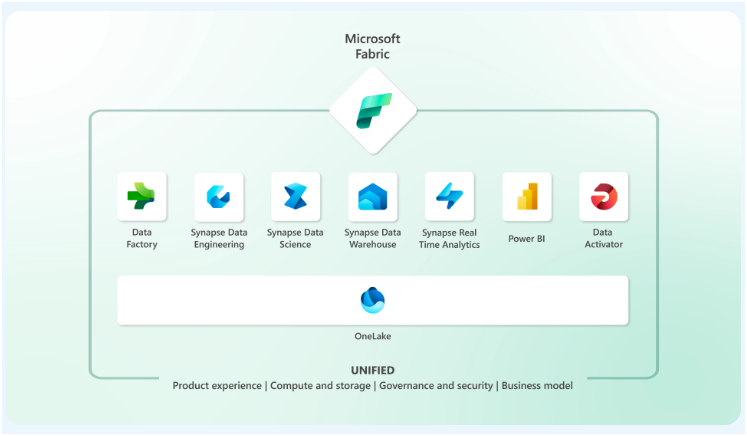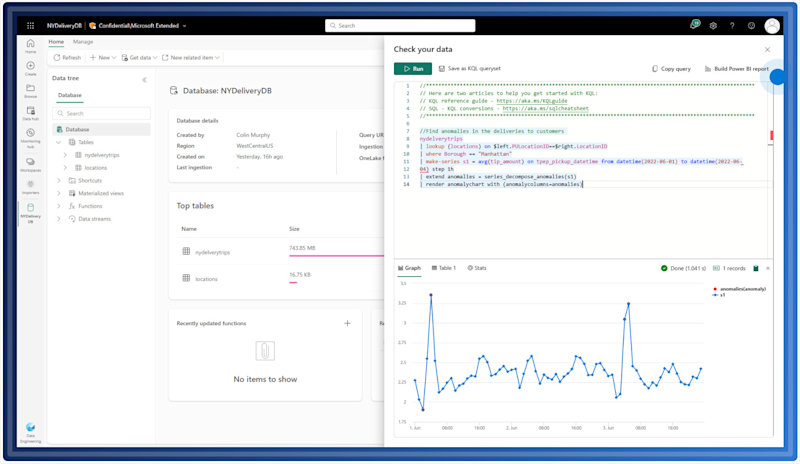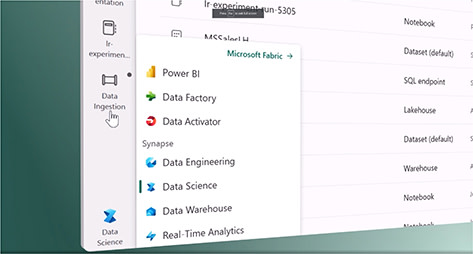From silos to synergy: Microsoft Fabric and the new data era
As businesses become increasingly data-driven, the need for smarter, more integrated data ecosystems grows. Today, it’s not enough to simply recognize that data can be analyzed and holds immense value—it’s about integrating, analyzing, and acting on that data in real time. This is where Microsoft Fabric makes a difference.
In short, Microsoft Fabric is a new data platform that brings together all the essential components of data management into one integrated product. It’s designed to unify data engineering, data integration, data warehousing, and advanced analytics in one streamlined solution.
The benefits of Fabric
Unified experience: A consistent interface and tools across the entire data value chain
Lakehouse architecture: Built-in support for modern architecture with Azure Data Lake
Real-time insights: Advanced analytics and dashboards providing live insights
Fabric combines the strengths of products like Power BI, Azure Synapse, and Azure Data Factory into a single, user-friendly package. In short, it’s an excellent platform for a modern data journey.
How Microsoft Fabric creates value
Fabric is designed to eliminate siloed thinking in data management. By consolidating all data disciplines into one interface, organizations can save time and resources, improve cross-team collaboration, and gain faster access to insights.
Let’s take a closer look at data silos. These occur when different departments within an organization work with separate datasets and tools without the ability to share information effectively. This lack of integration can lead to missed synergies, fragmented decision-making, duplicated work, and a lack of overall visibility.




